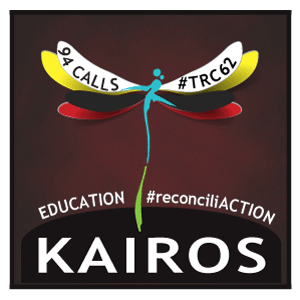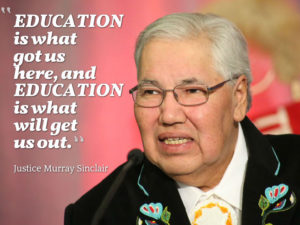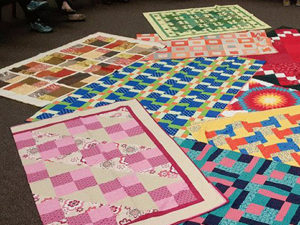 About Indian Residential Schools
About Indian Residential Schools
For over a century, beginning in the mid 1800s and continuing into the late 1990s, Indigenous children in Canada were taken from their homes and communities and placed in institutions called residential schools. The Indian Residential School System included 139 schools that were run by churches and religious orders in collaboration with the federal government. Children as young as four years of age attended these schools.
The vast majority of the 150,000 children who attended these schools experienced neglect and suffering. Most were separated from their families for long periods of time, were not allowed to speak their language and practice their culture, and were taught that their ancestors were heathen and uncivilized. The sexual, mental, and physical abuse, shame, and deprivation endured at Indian Residential Schools continues to impact generations of Survivors, their families, and communities today. Remarkably, in spite of this tremendous adversity, and as testimony to their courage and resilience, many Survivors and their descendants have retained their language and culture and continue to work toward healing and reconciliation.
What is the Indian Residential Schools Settlement Agreement?
In 2007, the Government of Canada implemented the Indian Residential School Settlement Agreement. It was the result of the largest class action settlement in Canadian history. Other parties to the Agreement include the Survivors and the national churches involved in running residential schools – the Anglican Church of Canada, the Presbyterian Church in Canada, Roman Catholic entities, and the United Church of Canada. The Agreement involved:
- The establishment of the Truth and Reconciliation Commission (TRC);
- A base payment to all surviving former students of federally-administered residential schools, and further compensation for those who suffered physical and sexual abuse;
- Healing initiatives; and
- A fund for commemoration projects.
About the Truth and Reconciliation Commission
The Truth and Reconciliation Commission was established to inform all Canadians about what happened in residential schools.
Over six years, the TRC engaged in research and public education and gathered statements from residential school Survivors, their families and others personally affected by the residential school experience and legacy. The TRC supported events designed by communities to meet their unique needs, and a commemoration initiative provided funds for activities honouring and paying tribute in a permanent and lasting way to former Indian Residential Schools students. A national research centre has been established to ensure TRC-related materials are preserved and to act as a permanent resource which all Canadians may access.
On 2 June 2015, the TRC issued a summary of its final report and 94 Calls to Action for reconciliation. TRC Chair Justice Murray Sinclair concluded that the residential schools system amounted to “cultural genocide.” The Calls to Action are wide-ranging and addressed to governments, churches, and various sectors of Canadian society.
United Nations Declaration on the Rights of Indigenous Peoples
The Truth and Reconciliation Commission identified the United Nations Declaration on the Rights of Indigenous Peoples as “the framework for reconciliation” in Canada. The UN Declaration is an international human rights instrument that sets out minimum standards for States on their duties towards Indigenous Peoples.
Fore more information visit the United Nations website.
Education and Reconciliation
In the summary of its final report, the TRC attributes “the current state of troubled relations” between Indigenous and non-Indigenous people in Canada to “educational institutions and what they have taught, or failed to teach, over many generations.” Canadians hear about the problems facing Indigenous peoples and communities, but know almost nothing about what is at the root of those problems. They do not understand how federal government policies and laws, including the residential schools, are part of this reality. The current education system has failed to teach this.
Despite these failings, the TRC also believes that because of its potential, “education is also the key to reconciliation” and essential for addressing the historical ignorance that perpetuates intolerance and racism. As Justice Sinclair has said, “It was the educational system that has contributed to this problem in this country, and it is the educational system, we believe, that is going to help us get away from this.”
Provincial and Territorial Governments’ Response
During their annual summer gathering in July 2015, all 13 Canadian premiers voiced their support for the 94 Calls to Action and said they would act on them in their own provinces and territories. Call to Action #62 echoes earlier recommendations in the TRC 2012 Interim Report that were directed at the provincial and territorial governments and focused on working with Indigenous peoples to develop mandatory curriculum for use in schools in their jurisdictions. While encouraged by the progress that has been made since then in curriculum development, the TRC emphasized that to be successful this initiative will require “substantive and sustained support from provincial and territorial governments.”
The provinces and territories are at different stages of developing and implementing mandatory curriculum for their schools. For details, please read the Report Card: Provincial and Territorial Indigenous-Focused Curriculum.
Sources: Legacy of Hope Foundation; KAIROS Canada; Truth and Reconciliation Commission; Council of the Federation.

